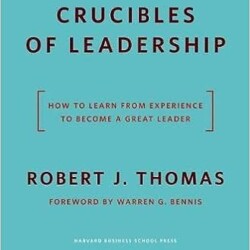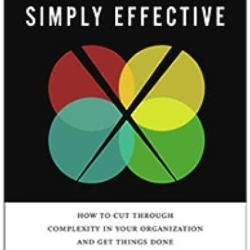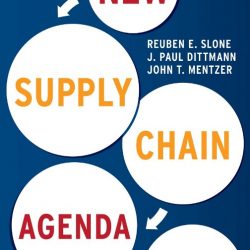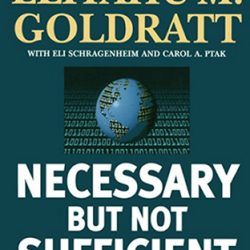Crucibles of Leadership

All true leaders have been formed by a crucial experience in their past, and most of these crucial experiences occurred outside rather than within the safe confines of work or school, and at unexpected moments. In his intriguing book entitled ‘Crucibles of Leadership’ Robert Thomas highlights the significance of a ‘crucible’, a transformational experience, serving as an ordeal or test for future leaders. Former CEO Bob Galvin referred to the moment that he, as a seven-year-old boy and factory owner’s son, made a mistake which resulted in the assembly line being stopped, upon which the supervisors helped him to solve the problem and encouraged him to get a good education for the future.
Thomas distinguishes between three kinds of crucibles: Insertion into Foreign Territory, Disruption or Loss, and Enforced Reflection, which occur at the beginning, halfway through and towards the end of someone’s career, respectively. Bob Donahue, head of the Fire & Rescue Department at the Massachusetts Port Authority called 11 September 2001 as his crucible. The profound insight that he gained from this crucible was the realisation that he was more prepared to ask others for help than he had thought.
In Thomas’s opinion, great leaders are often great storytellers, although the effect of the story is more important than the story itself. The stories enable the audience to identify with each other, to define boundaries which dictate who belongs and who does not, and to call members to action. With the aid of a series of exercises, Thomas helps the reader to develop a personal strategy for learning from past experiences.
‘Crucibles of Leadership’ (2009), by Robert J. Thomas. Published by Harvard Business Press, 265 pages,$ 21.76.
Rating: ****









